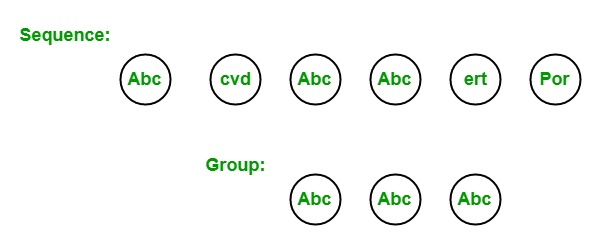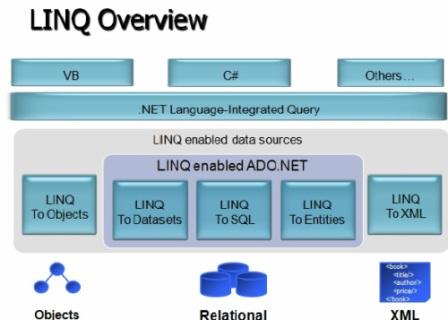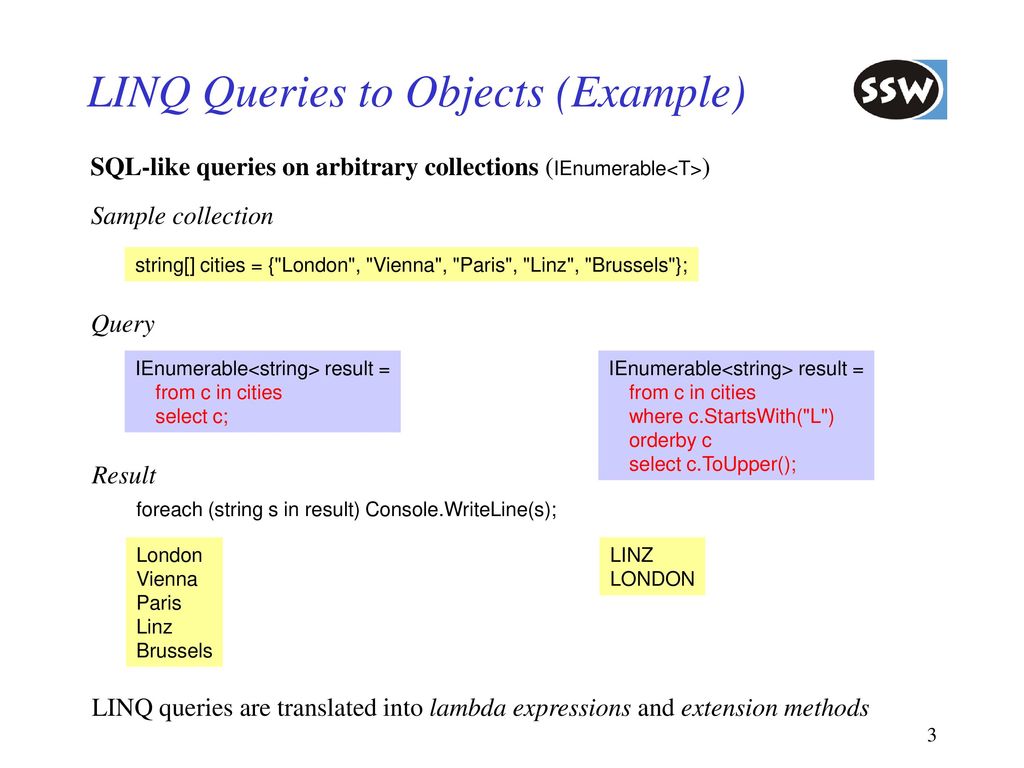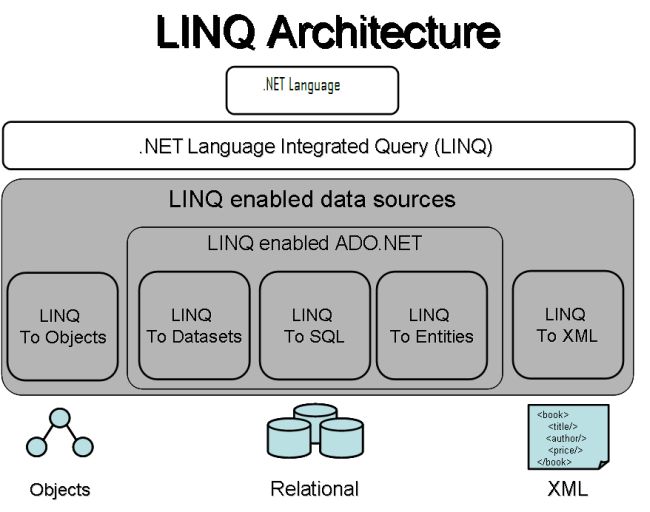System Linq Group By Example

Groups the elements of a sequence according to a specified key selector function and creates a result value from each group and its key.
System linq group by example. By a compound key. 8 june 2013 enumerable linq groupby explanations and examples. By a single property. Groupby tsource tkey ienumerable tsource func tsource tkey groups the objects based on the value of their membertype property.
In this example groupby tsource tkey ienumerable tsource func tsource tkey is called on the array of memberinfo objects returned by getmembers. By the first letter of a string property. Enigmativity nov 28 15 at 1 05 i thought for sure that wouldn t compile but you re absolutely right. The following example demonstrates how to work with an igrouping tkey telement object.
The following examples show how to group data in various ways. Key values are compared by using a specified comparer and the elements of each group are projected by using a specified function. Grouping is one of the most powerful capabilities of linq. By boolean predicate or other expression.
Groupby operator projects data in groups based on common attribute or key it is a great tool when you want to see the summarize result based on group. I m a big fan of linq and one of my favorite extension methods is groupby i have found that groupby is one of the most useful methods in linq and the more i use it the more useful i find it to be. Let s review the different method signatures of groupby. Public static system linq iqueryable tresult groupby tsource tkey telement.
Groups the elements of a sequence according to a specified key selector function and creates a result value from each group and its key. Public static system linq parallelquery tresult groupby tsource tkey. A collection of elements of type tresult where each element represents a projection over a group and its key. In this article i have written several programs that is easy to understand and will help you to understand gropuby operator.
So far we have worked mostly with lists of data. Keys are compared by using a specified comparer and the elements of each group are projected by using a specified function. By a computed numeric range. We have sorted it limited it and shaped it into new objects but one important operation is still missing.
When you group data you take a list of something and then divide it into several groups based on one or several properties. 8 minutes to read 3.


















